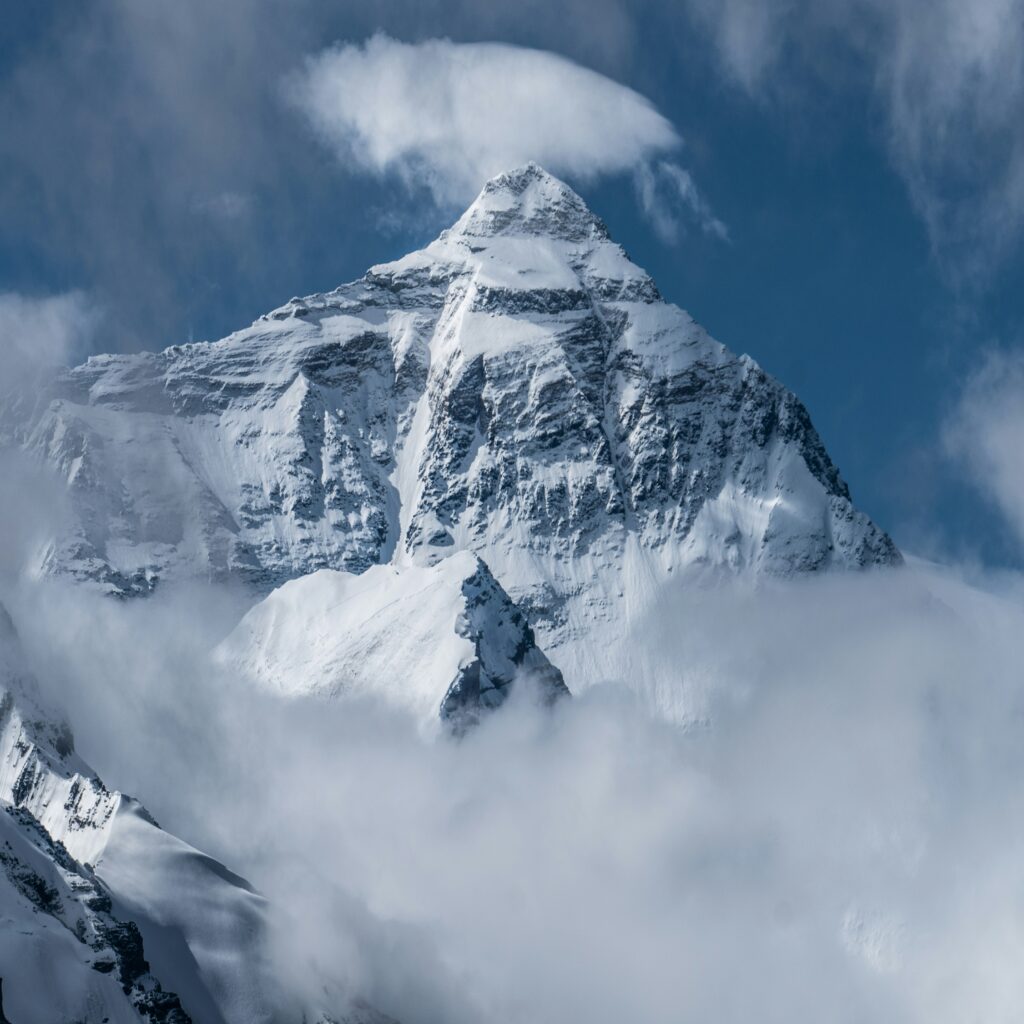Mount Everest, the crown jewel of the Himalayas, stands as a testament to the awe-inspiring power and majesty of nature. Towering above the clouds at a staggering height of 8,848.86 meters (29,031.7 feet) above sea level, Everest captures the imagination of adventurers and explorers from around the globe. But where exactly is Mount Everest located, and what makes this iconic mountain so extraordinary?
In this detailed exploration, we embark on a journey to uncover the geographic location of Mount Everest, delving into its position within the Himalayan range and its significance to neighboring countries. From the bustling city of Kathmandu in Nepal to the rugged terrain of the Tibetan Plateau, we unravel the diverse landscapes and rich cultural heritage that surround the world’s tallest peak.

Join us as we unravel the mysteries of Mount Everest and discover why this legendary mountain continues to captivate the hearts and minds of adventurers and nature enthusiasts alike. From its southern face in Nepal to its northern slopes in Tibet, Mount Everest beckons with promises of adventure, beauty, and the timeless allure of the Himalayas.
Mount Everest: The Jewel of the Himalayas
Mount-Everest, known as Sagarmatha in Nepal and Chomolungma in Tibet, stands tall amidst the awe-inspiring Himalayan range. Located on the border between Nepal and the Tibet Autonomous Region of China, Mount Everest commands attention as the tallest peak on the planet, soaring to an elevation of 8,848.86 meters (29,031.7 feet) above sea level.
Nepal: The Southern Approach
On the southern side of Mount Everest lies Nepal, home to the bustling city of Kathmandu and the gateway to the Everest region. The Nepalese side of Mount Everest is renowned for its picturesque trekking routes, including the iconic Everest Base Camp trek. Travelers from around the world flock to Nepal to embark on this legendary journey, which offers unparalleled views of the Himalayas and a chance to experience the rich Sherpa culture of the region.
Tibet: The Northern Face
To the north of Mount Everest lies the Tibetan Plateau, a vast expanse of rugged terrain and pristine wilderness. The Tibetan side of Mount Everest offers a different perspective on the mountain, with fewer trekkers and a more remote atmosphere. Travelers seeking a unique and challenging adventure can embark on expeditions to Everest from the Tibetan side, experiencing the raw beauty and spiritual significance of this sacred mountain.
The Best Ways to Experience Mount Everest
Whether you choose to trek to Everest Base Camp in Nepal, embark on an expedition from Tibet, or admire the mountain from a scenic flight, there are countless ways to experience the majesty of Mount Everest. Trekking routes offer the opportunity to immerse yourself in the natural beauty of the Himalayas, while expeditions provide a chance to challenge yourself and push the limits of exploration.
For those seeking a more leisurely experience, scenic flights offer panoramic views of Mount Everest and the surrounding peaks, allowing you to witness the mountain’s grandeur from the comfort of a plane. Whatever your preference, a visit to Mount Everest promises to be an unforgettable adventure filled with awe-inspiring moments and breathtaking vistas.
Conclusion: Embark on the Journey of a Lifetime
Mount Everest, the crown jewel of the Himalayas, beckons adventurers with its towering peak and timeless allure. Whether you choose to trek to Everest Base Camp, embark on an expedition from Tibet, or admire the mountain from afar, a visit to Mount Everest promises to be an unforgettable experience that will leave you in awe of the natural world.
So pack your bags, lace up your boots, and get ready to embark on the journey of a lifetime to discover the geographic location of Mount Everest. From the rugged landscapes of Nepal to the remote wilderness of Tibet, Mount Everest awaits, ready to inspire and captivate all who dare to venture in its shadow.
As we conclude our journey into the geographic location of Mount Everest, we find ourselves humbled by the sheer magnitude and splendor of this iconic mountain. From its lofty peak to its rugged foothills, Mount Everest stands as a symbol of nature’s grandeur and the enduring spirit of exploration.
Throughout our exploration, we have traced the path of Mount Everest from the bustling streets of Kathmandu in Nepal to the remote wilderness of the Tibetan Plateau. We have marveled at its towering presence and witnessed firsthand the breathtaking beauty of the Himalayas.
But Mount-Everest is more than just a mountain – it is a symbol of human endeavor and the indomitable spirit of adventure. For centuries, explorers and mountaineers have been drawn to its slopes, seeking to conquer its summit and push the boundaries of what is possible.
Yet, Mount-Everest is also a reminder of the fragile balance between humanity and the natural world. As climate change threatens the stability of the Himalayas and the ecosystems that depend on them, we must tread carefully and protect these precious landscapes for future generations to enjoy.
In the end, Mount-Everest remains a beacon of hope and inspiration, beckoning us to dream big and reach for the stars. Whether we gaze upon its towering peak from afar or stand in awe at its base, Mount Everest reminds us of the boundless beauty and untamed wilderness that still exists in our world.
So as we bid farewell to Mount-Everest, let us carry with us the memories of our journey and the lessons we have learned along the way. And let us always remember that in the shadow of the world’s tallest peak, anything is possible – if only we dare to dream.
Please Follow Us For more Updates :
Website : Base Camp Trip



Comment (0)